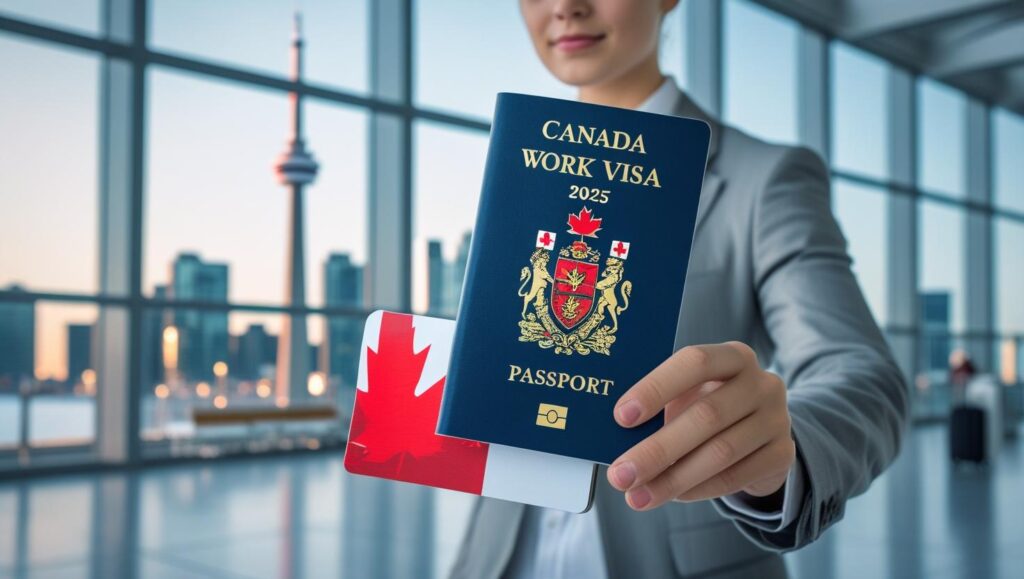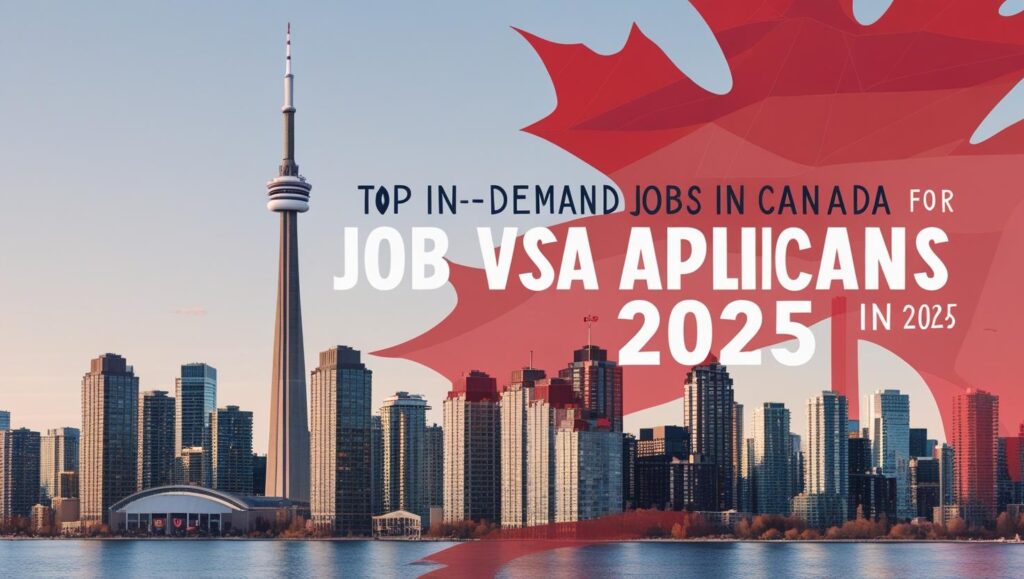Are you dreaming of building a rewarding career in Canada? Whether you’re an experienced professional, a fresh graduate, or someone seeking new opportunities, securing a Canada work visa can open doors to a world of possibilities. In this in-depth article, we’ll walk you through everything you need to know—from visa types and eligibility to application tips—straightforwardly and conversationally. Let’s get started!
What Is a Canada Work Visa?
A Canada work visa, more formally known as a work permit, is a legal authorization allowing foreign nationals to work in Canada either temporarily or on a specific basis. It’s your official green light to tap into Canada’s thriving job market—be it in tech, health care, hospitality, or any other industry.
Why Work in Canada?
Canada offers a compelling professional environment:
-
High earning potential – Salaries in sectors like IT, engineering, and healthcare are very competitive.
-
Work-life balance – A focus on wellbeing and fair work hours.
-
Strong social benefits – Public healthcare, parental leave, and community services.
-
Multicultural environment – A tapestry of diverse communities and inclusive workplaces.
These factors make Canada not just a place to work—but to build a sustainable and fulfilling life.
Read Also: Top In-Demand Jobs in Canada for Job Visa Applicants in 2025
Types of Work Permits in Canada
Canada provides several work permit types tailored to different scenarios:
Temporary Work Permit
Issued for a fixed period, this permit requires a job offer from a Canadian employer. It’s common for projects, contracts, or specific roles.
Open Work Permit
This visa is not employer-specific. It allows you to work for most employers across Canada, offering maximum flexibility. Common categories include:
-
Spousal open work permits
-
Bridging open work permits (while finalizing permanent residency)
Post-Graduation Work Permit (PGWP)
If you’ve recently graduated from a designated Canadian institution, the PGWP can let you work in Canada for up to three years. It’s often a pathway to permanent residency.
LMIA-Based Work Permit
To hire foreign talent, some Canadian employers must first obtain a Labour Market Impact Assessment (LMIA), proving no Canadian worker can fill the role. Once they get it, they can offer you the job and help with your work permit.
General Eligibility Requirements
Eligibility varies, but generally you’ll need to show:
-
A valid job offer (unless applying under certain exemption categories)
-
Proof of language proficiency in English and/or French
-
Educational credentials, certifications, or professional licenses
-
Documentation showing you’ll leave Canada at permit expiry
-
Adequate financial means (sometimes required to prove you can support yourself and any dependents)
Step-by-Step Application Process
Let’s walk through the typical work permit process:
-
Receive a job offer from a Canadian employer (or confirm you qualify for an exempt category like PGWP or spousal open permit).
-
Employer applies for LMIA, if required.
-
Once LMIA is approved, apply for the work permit via the official Government of Canada portal or visa office.
-
Submit required documents, such as job offer, LMIA, passport copy, photos, etc.
-
Attend a biometrics appointment if requested.
-
Await decision—you may receive the permit approval letter or confirmation.
-
When approved, you’ll get a Port of Entry (POE) Letter of Introduction and possibly a work permit in your passport to present upon arriving in Canada.
LMIA Explained (Labour Market Impact Assessment)
Consider the LMIA as a form of employer sponsorship. Employers must advertise the job across Canada and show that no local candidate could fill the role. A positive LMIA essentially certifies that hiring a foreign worker won’t harm Canadian labour standards. Once granted, it enables you to apply for the corresponding work permit.
Express Entry and Work Opportunities
If your long-term goal is permanent residency, many work permit holders enter the Express Entry system:
-
Create a profile in one of three categories:
-
Federal Skilled Worker
-
Federal Skilled Trades
-
Canadian Experience Class
-
-
Your Comprehensive Ranking System (CRS) score reflects age, education, work experience, language proficiency, job offers, and more.
-
A valid Canadian work permit and a good job (especially LMIA or NOC 0/A/B roles) can significantly boost CRS.
-
Regular draws invite top candidates to apply for permanent residency.
Processing Times & Fees
-
Application fees typically include:
-
Work permit processing
-
Biometrics (where applicable)
-
LMIA processing (paid by the employer)
-
-
Processing times vary:
-
Some applications are processed in weeks (PGWP or intra-company transfers).
-
Others can take months.
-
Always check the official Government of Canada site for the most current timelines for your country.
-
Tips to Strengthen Your Application
-
Submit a clean, well-formatted application with all documents.
-
Provide translations for any documents not in English or French.
-
Highlight education and professional credentials with ECA (Educational Credential Assessment) if applying for Express Entry.
-
Ensure your job offer letter is detailed: employer info, job title, salary, job duties, duration.
-
Keep your language test scores (IELTS, CELPIP, TEF, TCF) valid and up-to-date.
-
Stay informed about immigration policies—they change often.
Common Pitfalls & FAQs
-
Missing documentation: Every missing file slows down or could derail your application.
-
Expired language test results: These are typically valid only for two years.
-
Incorrect job classification: Ensure your role’s NOC code matches your actual duties. Mismatch may cause delays.
-
Overqualified or underqualified roles: Mismatches between your background and job may raise red flags.
-
Not valid for permanent residency: Some permits don’t directly lead to PR—know your options ahead.
** Frequently Asked Questions (FAQs)**
-
Can I bring family members on a work permit?
Yes. Spouses may apply for an open work permit, while children may study or accompany you depending on their age. -
Can I change employers while on a work permit?
If your permit is employer-specific, you’ll need to apply for a new permit before switching jobs. An open work permit offers flexibility. -
Can I study while working?
Yes—but only part-time unless you also hold a study permit.
Conclusion
Securing a Canada work visa is a proven route to launching or advancing your career in a welcoming and high-opportunity environment. From understanding your options—like open permits, PGWPs, and LMIA-based routes—to preparing an airtight application and exploring permanent residency through Express Entry, the pathway is full of potential.
With thorough preparation, attention to detail, and ongoing research, you’re well on your way to landing that Canadian job and building a new life. Your journey begins today—so take each step confidently toward your brighter future in Canada!



